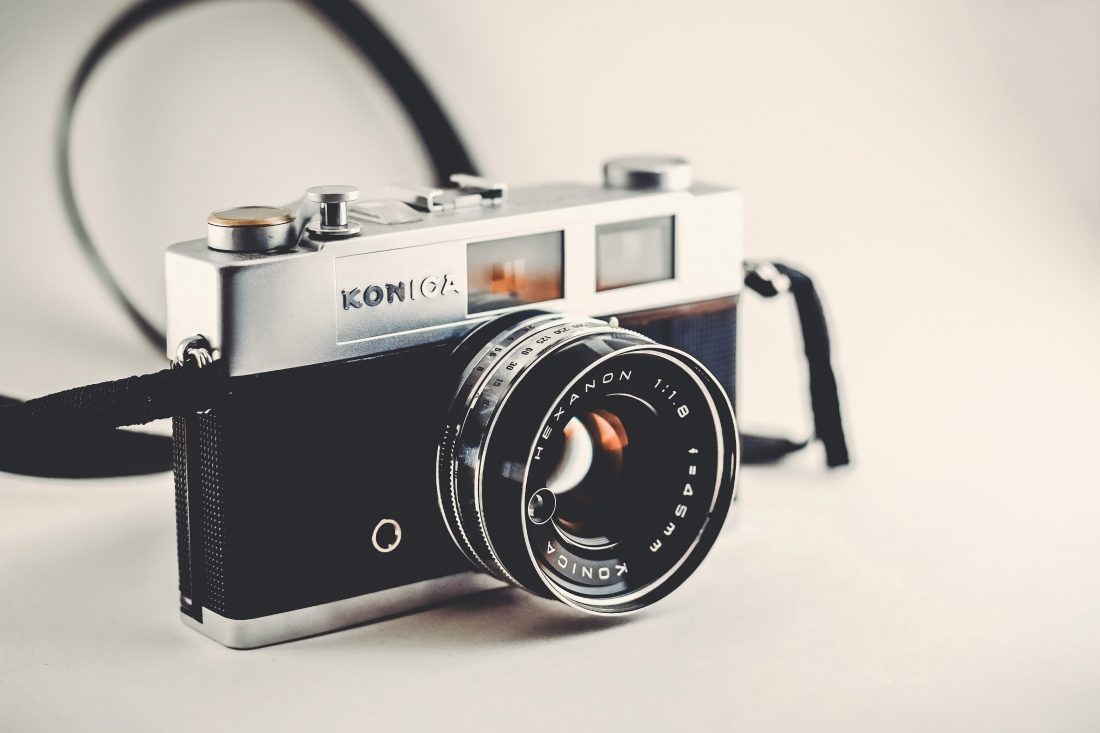
What are Invalid Lenses?
Invalid lenses, also known as vintage lenses, are camera lenses that were popular in the past but are no longer in production. These lenses were designed for older film cameras but can also be adapted to work with modern digital cameras. They offer a unique and distinctive look that cannot be replicated by modern lenses, making them a favorite among photographers and enthusiasts.
Characteristics
Invalid lenses have several characteristics that set them apart from modern lenses. These characteristics can include:
1. **Manual Focus:** Unlike modern autofocus lenses, invalid lenses require the photographer to manually adjust the focus. This manual control allows for more precise focusing and creative effects.
2. **Manual Aperture Control:** Invalid lenses often have a manual aperture ring that allows the photographer to adjust the amount of light entering the camera. This manual control gives photographers complete control over the depth of field and exposure.
3. **Distinctive Image Rendering:** One of the main attractions of invalid lenses is their unique image rendering. These lenses often have specific optical characteristics, such as softness, vignetting, or flares, that add a vintage and artistic touch to the photographs.
Compatibility and Adaptation
Invalid lenses were originally designed for specific camera systems, such as Canon, Nikon, or Pentax. However, they can be adapted to work with a wide range of modern digital cameras. There are various lens adapters available in the market that allow photographers to mount invalid lenses onto their digital camera bodies.
When adapting an invalid lens, it is important to consider the following factors:
1. **Focal Length and Crop Factor:** Invalid lenses were designed for full-frame film cameras, so when using them on a digital camera with a smaller sensor size, a crop factor needs to be taken into account. For example, a 50mm invalid lens on a camera with a 1.5x crop factor will have the equivalent field of view of a 75mm lens.
2. **Manual Control:** As mentioned earlier, invalid lenses require manual focusing and aperture control. It is important to familiarize yourself with these manual controls to effectively use an invalid lens.
Price and Availability
The price and availability of invalid lenses can vary depending on their popularity, brand, and condition. Some highly sought-after vintage lenses can command premium prices, especially if they are rare or have a cult following among photographers. On the other hand, less popular or more common lenses can be found at more affordable prices.
Invalid lenses can often be found in second-hand camera stores, online marketplaces, or through photography communities and forums. It is recommended to research and compare prices before making a purchase to ensure you are getting a fair deal.
Conclusion
Invalid lenses offer photographers a unique and creative way to capture images with a vintage aesthetic. Their manual controls and distinctive image rendering set them apart from modern lenses, making them a favorite among photography enthusiasts. By adapting these lenses to work with modern digital cameras, photographers can explore new creative possibilities and add a touch of nostalgia to their photographs. So, if you’re looking to experiment with different lenses and add a vintage charm to your work, consider giving invalid lenses a try.
